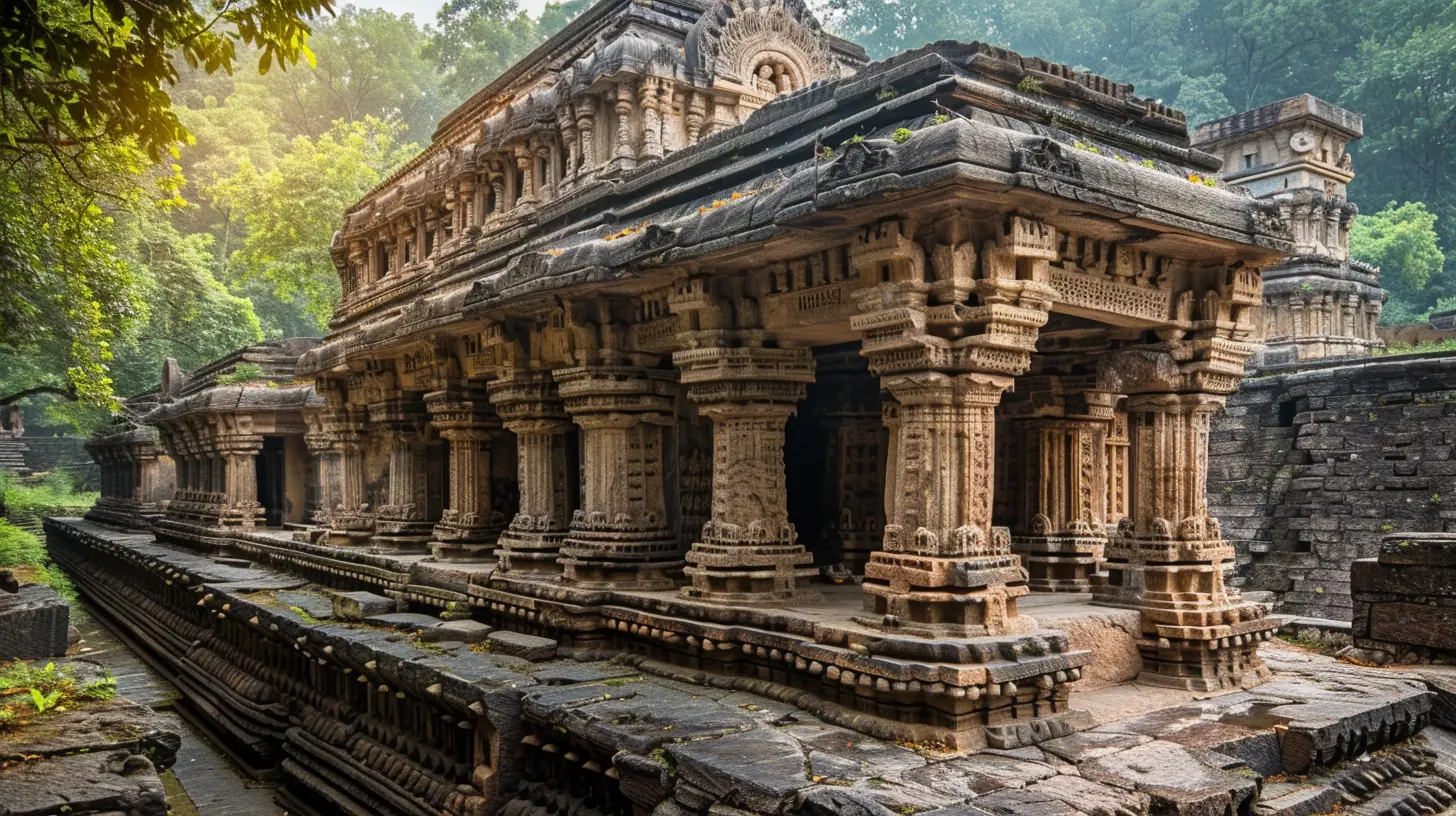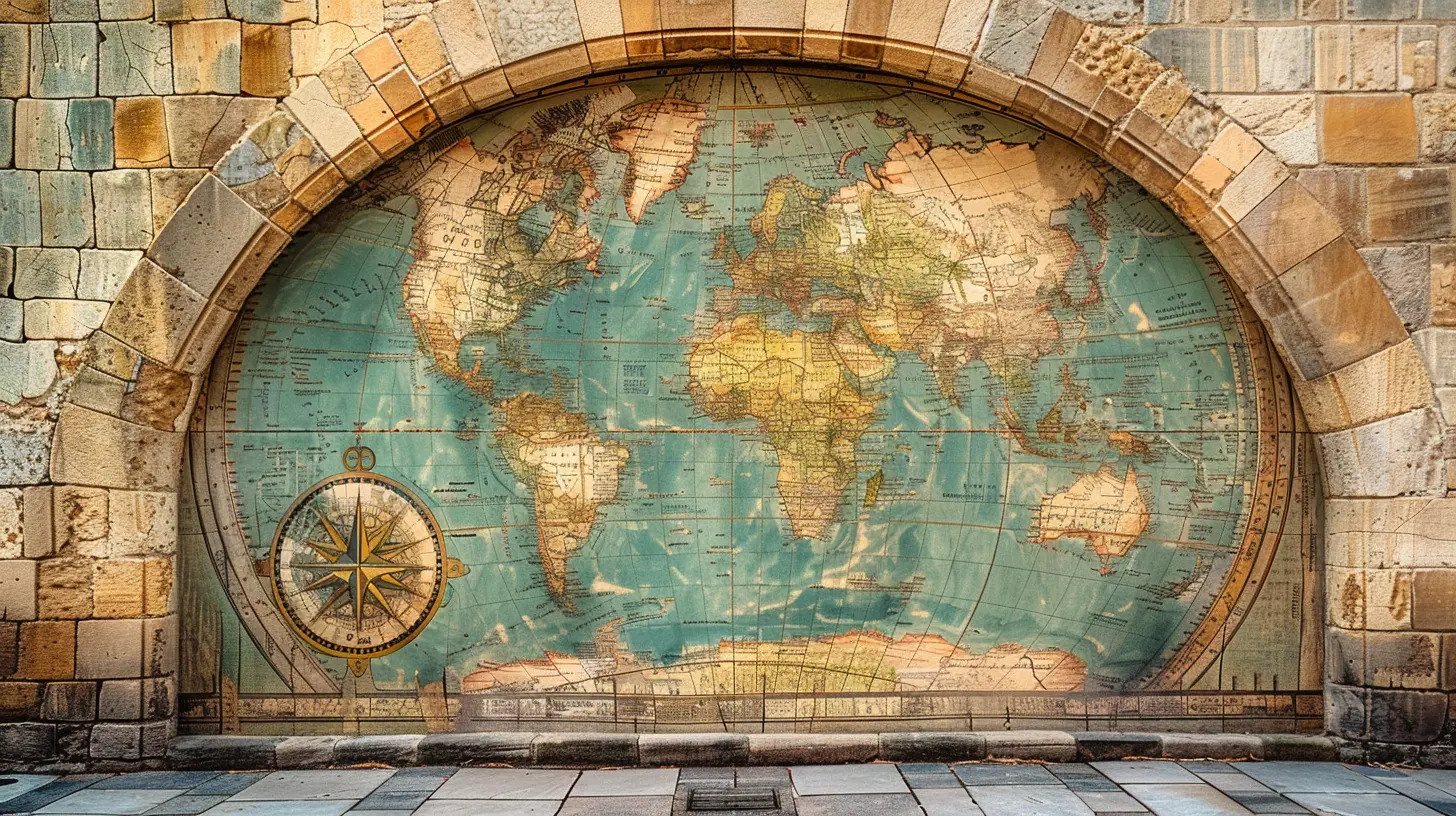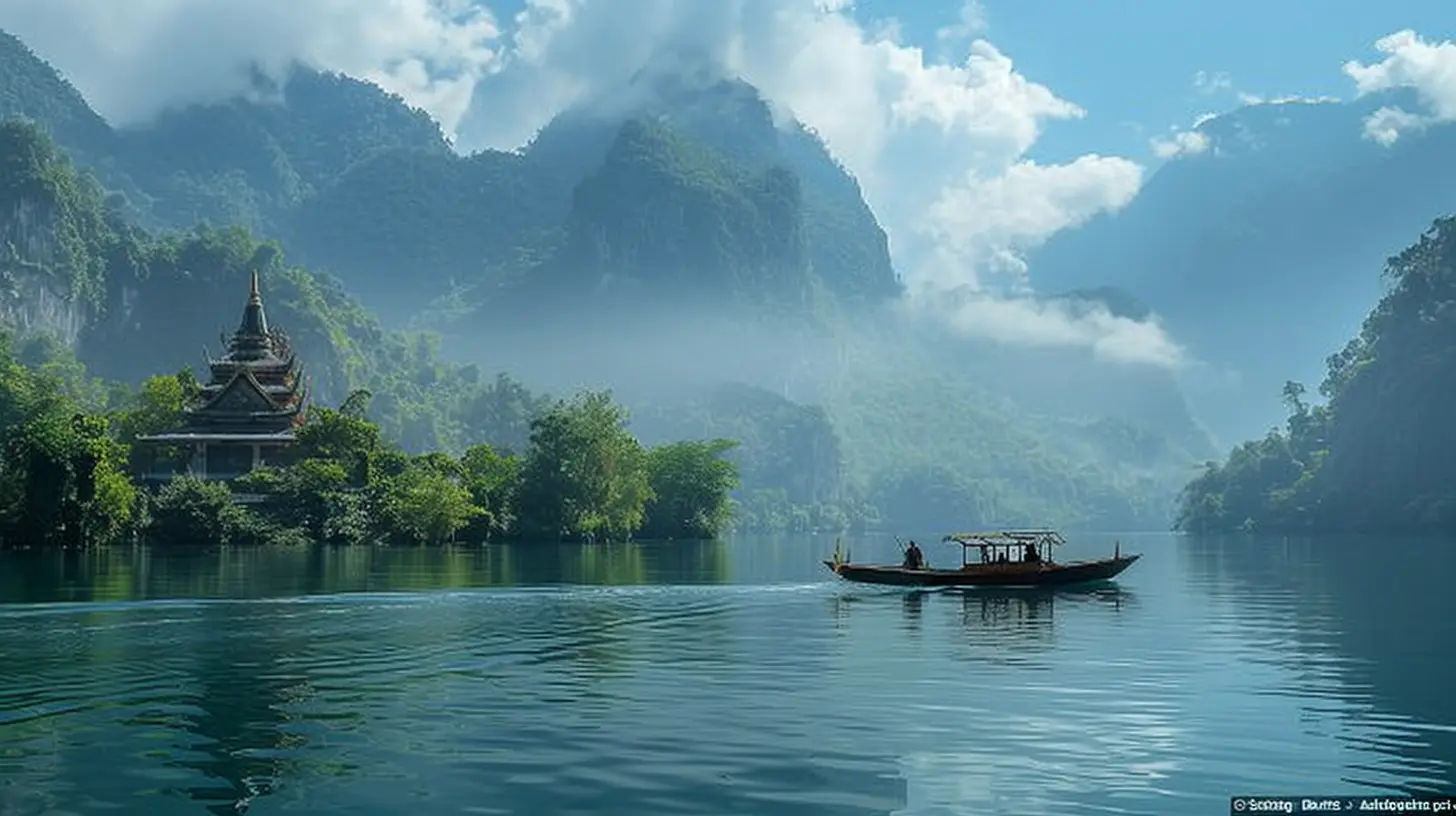Explore the Cultural Diversity of UNESCO World Heritage Locations
27 November 2025
The world is a treasure trove of culture, heritage, and history. Every corner of the globe tells a unique story, woven together by the diverse traditions of its people. But some places stand out so much in their significance that they earn the prestigious title of UNESCO World Heritage Sites. These locations are more than just beautiful landscapes or ancient ruins; they are the beating heart of human civilization.
If you're an avid traveler or just someone who loves to embrace different cultures, you're in for a treat! Let’s take a journey through some of the most culturally rich UNESCO World Heritage Sites that showcase the diversity of our world.

What Makes a Site Culturally Significant?
Before we dive into specific locations, let’s quickly define what makes a UNESCO World Heritage Site culturally exceptional. For a place to be recognized, it must meet certain criteria set by UNESCO, such as:- Representing a masterpiece of human creativity
- Bearing witness to an important civilization
- Showcasing cultural traditions or ways of life
- Being associated with significant events or ideas in history
These sites aren't just about old buildings or breathtaking views—they are living testaments to the heritage and identity of different communities worldwide. 
1. Machu Picchu, Peru – The Lost City of the Incas
High up in the Andes Mountains of Peru, Machu Picchu is one of the most famous cultural heritage sites in the world. Built by the Incan civilization in the 15th century, this awe-inspiring city is a masterpiece of engineering and architecture.Wandering through the ancient stone structures, you can almost hear the whispers of the past. The terraces carved into the mountainside show the Incas' agricultural prowess, while the Sun Temple highlights their deep connection to astronomy.
Why It’s Culturally Important
Machu Picchu is more than just ruins; it symbolizes the ingenuity of the Incan civilization. It remained hidden for centuries until its rediscovery in 1911, preserving much of its original beauty. Today, it stands as a powerful emblem of Peru’s indigenous heritage.
2. The Great Wall of China – A Marvel of Defense and Culture
Stretching over 13,000 miles, the Great Wall of China is one of the most legendary structures ever built. Contrary to popular belief, it’s not just a single wall but a series of fortifications constructed by different dynasties over centuries.Walking along its rugged paths, you can almost picture the ancient soldiers standing guard, keeping watch over the empire. The wall isn’t just about defense—it also played a crucial role in cultural exchanges between China and neighboring regions.
Why It’s Culturally Important
The Great Wall represents China's resilience and strategic brilliance. Beyond its military significance, it also fostered trade and communication, influencing cultures along the Silk Road.
3. Venice, Italy – A Floating Masterpiece
Venice is unlike any other city in the world. Built on a network of 118 small islands, it boasts breathtaking canals, historic buildings, and unmatched artistic heritage. From the grandeur of St. Mark’s Basilica to the romantic gondola rides, Venice is a living museum of Italian culture.But it's not just about the architecture. Venice has been a hub of art, music, and literature, influencing countless generations of thinkers and creators.
Why It’s Culturally Important
Venice exemplifies the perfect fusion of history, art, and innovation. Over the centuries, its maritime power helped shape global trade, while its artistic movements, such as the Renaissance, left an indelible mark on Western culture.4. Kyoto, Japan – The Heart of Traditional Japan
If you want to experience the essence of traditional Japan, Kyoto is the place to be. This historic city is home to over 2,000 temples, stunning gardens, and wooden teahouses where time seems to stand still.Strolling through Kyoto, you’ll see geishas gracefully walking along the ancient streets of Gion, cherry blossoms framing the majestic Kinkaku-ji (Golden Pavilion), and the serene rock gardens that inspire mindfulness and reflection.
Why It’s Culturally Important
Kyoto preserves Japan’s rich history like no other city. From the rituals of tea ceremonies to the elegance of kimono culture, it embodies the Japanese way of life that has been passed down for centuries.5. The Pyramids of Egypt – Echoes of a Mighty Civilization
Few places in the world inspire as much wonder as the Pyramids of Giza. Built over 4,500 years ago, these colossal structures continue to baffle historians and archaeologists alike.Standing before them, you can’t help but marvel at the intelligence and ambition of the ancient Egyptians. The intricate hieroglyphics, secret chambers, and towering pyramids all tell the tale of a civilization that was ahead of its time.
Why It’s Culturally Important
The Pyramids are not just tombs—they are a testament to the religious and political power of ancient Egypt. Their precise alignment with celestial bodies showcases the Egyptians' advanced understanding of astronomy.6. Lalibela, Ethiopia – The African Jerusalem
Nestled in the highlands of Ethiopia, Lalibela is home to some of the most extraordinary rock-hewn churches in the world. Carved directly into the earth, these structures feel almost otherworldly, as if they were sculpted by divine hands.Pilgrims dressed in white robes gather here, chanting prayers in the ancient Ge’ez language. The air is filled with a deep sense of spirituality, making it one of the most sacred places in Africa.
Why It’s Culturally Important
Lalibela represents the deeply rooted Christian heritage of Ethiopia. These churches, dating back to the 12th century, are a symbol of faith, resilience, and architectural brilliance.7. The Historic Center of Mexico City – A Blend of Cultures
Mexico City is where ancient civilizations and colonial influences collide. In its historic center, you’ll find the remains of the Aztec capital, Tenochtitlán, standing side by side with grand Spanish cathedrals and baroque-style buildings.The city’s vibrant street life, mariachi music, and sizzling street tacos make it one of the most dynamic cultural hubs in the world.
Why It’s Culturally Important
This area showcases the fusion of pre-Hispanic and colonial cultures, reflecting Mexico’s complex yet fascinating history. The blend of indigenous and European influences can be seen in its architecture, traditions, and even cuisine.Why Cultural Diversity in UNESCO Sites Matters
These remarkable sites remind us that culture is the soul of humanity. They tell the stories of ancient civilizations, preserve traditions, and connect us to our shared history.But here’s the catch—many of these places face threats from modernization, climate change, and mass tourism. That’s why it’s crucial to visit these sites responsibly and support conservation efforts. After all, preserving cultural heritage isn’t just about protecting the past—it’s about securing it for future generations.
So, next time you plan a trip, why not choose a UNESCO World Heritage Site? You won’t just be sightseeing—you’ll be stepping into a living history book, immersing yourself in the wonders of cultural diversity.
all images in this post were generated using AI tools
Category:
Unesco SitesAuthor:

Ian Powell
Discussion
rate this article
1 comments
Pilar Chapman
Experience the world’s rich cultures through UNESCO!
November 27, 2025 at 5:39 AM


